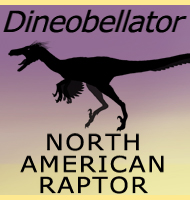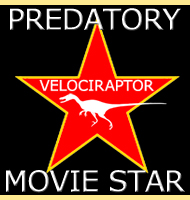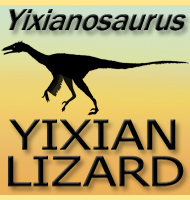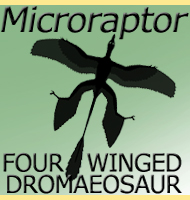


Vectiraptor
Name:
Vectiraptor
(Vectis/Isle of Wight thief).
Phonetic: Vek-te-rap-tor.
Named By: Nicholas R. Longrich, David M.
Martill & Megan L. Jacobs - 2021.
Classification: Chordata, Dinosauria,
Saurischia, Theropoda, Dromaeosauridae, Eudromaeosauria.
Species: V. greeni (type).
Diet: Carnivore.
Size: Uncertain due to lack of fossil remains.
Original describers considered the holotype individual dinosaur to
have been two and half to three meters long in life.
Known locations: United Kingdom, England, Isle
of Wight [Compton Bay] - Wessex Formation.
Time period: Barremian of the Cretaceous.
Fossil representation: Partial sacrum and some
dorsal vertebrae.
First
described in 2021, Vectiraptor is a genus of
dromaeosaurid
dinosaur that lived in what is now England during the
early Cretaceous. Although only described from a very few bones,
analysis of these have yielded the conclusion that Vectiraptor
was
probably a member of the Eudromaeosauria sub group of the
Dromaeosauridae. We would then expect the living Vectiraptor
to look
something similar to other eudromaeosaurian dinosaurs, such as the
famous Deinonychus
from North America. This may also indicate that
faunal interchanges between North America and Europe that seem to have
been common in the Jurassic were still proceeding at least into the
early Cretaceous (It is worth remembering that the Atlantic Ocean at
that time was much smaller than it is today). Analysis of growth
patterns on the fossil bones indicates that the individual that
became the holotype of Vectiraptor was somewhere
between twenty and
thirty years old at the time of death.
The
literal translation of Vectiraptor to English
means ‘Vectis
thief’. The Vectis part of this is Latin and is an old name for the
Isle of Wight, an island off the southern coast of England.
Further reading
- A new dromaeosaurid dinosaur from the Wessex Formation (Lower
Cretaceous, Barremian) of the Isle of Wight, and implications for
European palaeobiogeography. - Cretaceous Research: 105123. -
Nicholas R. Longrich, David M. Martill & Megan L.
Jacobs - 2021.
----------------------------------------------------------------------------
Random favourites
 |
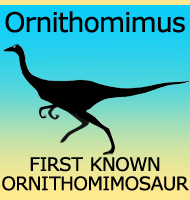 |
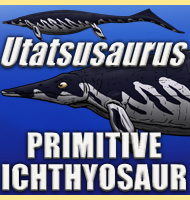 |
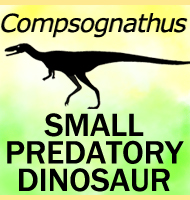 |
